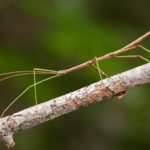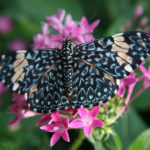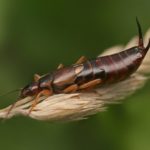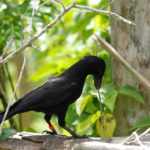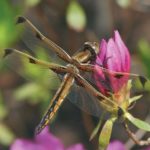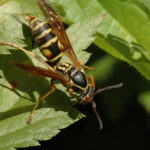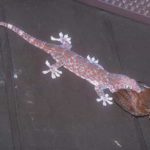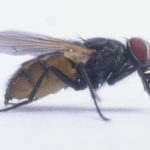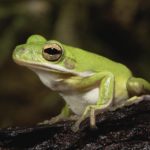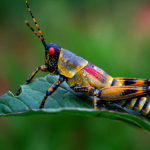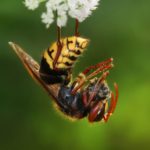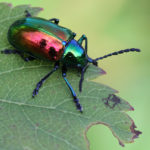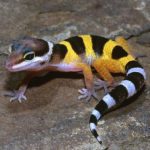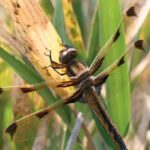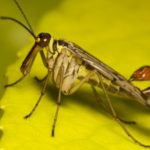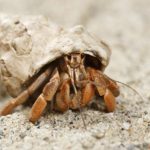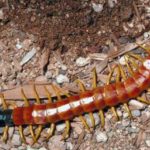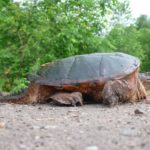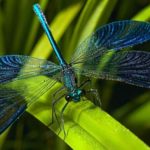Facts about stick insects
 Most stick insects have such a name by right – they really look quite like long thin sticks. This is the secret of their survival. Because the stick insect is so reminiscent of twigs, twigs or leaves, often predators simply do not pay attention to them. Not only the torsos of the stick insects look like part of the plant – their limbs are folded at such an angle that they become like side shoots that depart from the stem.
Most stick insects have such a name by right – they really look quite like long thin sticks. This is the secret of their survival. Because the stick insect is so reminiscent of twigs, twigs or leaves, often predators simply do not pay attention to them. Not only the torsos of the stick insects look like part of the plant – their limbs are folded at such an angle that they become like side shoots that depart from the stem.
From the top of his head grow two long antennae, used for touching what is on the path of an insect. The jaws of the stick are surprisingly strong for such a fragile-looking creature; They chew on the plant mass.
The stick insect has six legs (some species have wings); They are attached to the thoracic part of the trunk (thorax). Behind the thorax is the abdomen. At the ends of the legs of the stick insect are tiny claws that help the insect to cling to the knots and hold on to the swinging branches of the tree. Thanks to them, a stick can move along a branch or a leaf, without fear of falling.
However, the stick is by no means as mobile as many other representatives of the insect world. His legs are not designed for jumping, as, for example, the legs of a grasshopper. The stickman is not able to catch the booty with lightning speed, as the mantis does. However, he practically does not need to move quickly: there are two reasons for this.
In the environment of vegetation, the stick insect is almost invisible to most predators. And since he eats vegetation, he does not need to show speed in obtaining food.
The female of the stick insect is able to lay several eggs in one masonry; It can take up to 6 months before larvae appear from them.
Not only adult stick insects have protective camouflage, but even their eggs resemble plant seeds, which greatly increases the likelihood of survival.
